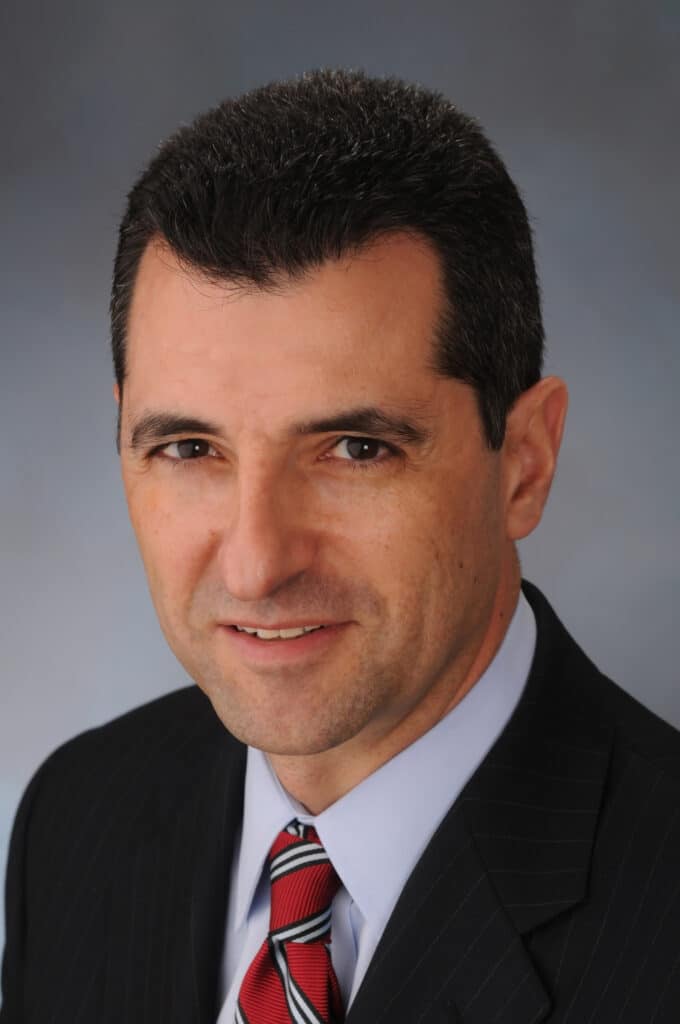(FLASH FRIDAY is a weekly content series looking at the past, present and future of capital markets trading and technology. FLASH FRIDAY is sponsored by Instinet, a Nomura company.)
As automation continues to redefine equity trading, industry professionals are increasingly focused on a more nuanced question: not whether discretionary traders still matter, but how their roles are evolving alongside algorithmic systems. Across institutional desks, the answer is emerging clearly—human traders are not being replaced; they are being redefined.

Kavy Yesair, Head of Electronic Trading at Fidelity Investments, likened the modern trader to a pilot working alongside an advanced autopilot system.
“In an ideal setup, traders blended the precision of automation with the irreplaceable human elements—intuition, adaptability on abnormal trading days, and the ability to synthesize and communicate insights to risk managers, analysts, and portfolio managers,” he said.
Algorithms offered scale, speed, and growing sophistication, but humans continued to play a critical role in real-time decision-making and course correction—especially during complex or abnormal market conditions.
Jeffrey Estella, Principal at Estella LLC and former Director of Global Equity Trading at MFS Investment Management, agreed. “Traders who had been given discretion tended to outperform machines in macro-driven uncertain news cycles, low-liquidity orders, and extreme market volatility,” he said.
“Since most machines leveraged historical information, it was tough for them to be consistent and effective decision-makers when unexpected events occurred during the order’s life.” Estella added, “There was a reason why the windshield of a car was orders of magnitude larger than the rearview mirror.”

Joe Saluzzi, Partner and Co-Head of Equity Trading at Themis Trading, emphasized that market conditions alone did not determine success—order complexity and context did. “A good discretionary trader could outperform automated systems in any market environment. It was more about the specific order, instructions, and liquidity profile of the stock,” he said.
“Strong market skills, deep market structure knowledge, and an intense level of attention to detail were required to translate those skills into better execution.”
While automation handled low-touch, high-volume flows with increasing effectiveness, it struggled in areas that demanded nuance and human discretion—particularly in small- and mid-cap stocks, illiquid names, and specialized transactions.
Estella pointed to book-building trades, private market transactions, M&A strategies, and emerging markets fixed income as examples. “Intuition, soft skills, and networks of contacts would always be a checkmark in the human column,” he said.
Rather than viewing humans and machines in opposition, institutional desks were finding success in fusing the two. At Fidelity, traders increasingly used data and execution tools not just for speed, but to deliver consultative value.
“Data could support block pricing by utilizing risk modeling systems to help set appropriate prices or guide the selection of the most effective algorithm during execution,” Yesair explained. “When used effectively, data became a powerful tool that enhanced the trading experience for both buy-side and sell-side participants.”

Estella also emphasized this balance: “A healthy blend of experienced traders with different backgrounds and algos with different use cases created the desk balance for optimal performance,” he said. “Traders established the strategy, defined the intent, controlled the speed, and had the ability to adjust, pause, or override the algorithm.”
Remaining relevant in this hybrid model, however, required a new type of trader—one who could speak both the language of code and the language of clients. At Fidelity, Yesair said there was a growing focus on developing both technical and interpersonal skills.
“We wanted our traders to deepen their technical understanding of how to interpret data outputs and translate them into actionable insights,” he said. “The goal was to present this information in a way that was both digestible and impactful for our clients, ultimately driving better trading outcomes and fund performance.”
Estella observed a similar trend across firms. “‘Evolve or become extinct,’ ‘man and machine,’ and ‘be a manager of the bots’ were all real-world examples,” he said. “Education had taken various forms—leveraging sell-side relationships, self-study, classroom development, and polishing existing cognitive functions. Humans were preprogrammed with communication skills, intuition, and judgment. That couldn’t be taken away.”
Looking ahead, the role of the discretionary trader was becoming more strategic. “Future traders would combine risk management with trading strategy development,” Yesair said. “They would oversee automated systems and address anomalies in market conditions that the systems could not handle.” The job would increasingly involve managing diverse liquidity sources, aligning execution with portfolio goals, and leveraging both technology and judgment to drive performance.
Saluzzi noted that clients had grown weary of brokers who defaulted to passive execution. “We often heard from clients that they were frustrated by some of their brokers who simply put their orders into a machine and walked away,” he said. “To stay relevant and add value, traders needed to understand their clients’ trading styles and instructions.”
In the end, the consensus among industry leaders was clear: the future of trading would not be defined by automation versus discretion, but by how well the two worked together. The desks that thrived would be those that achieved the right balance—where algorithms delivered scale and speed, and human traders brought adaptability, insight, and strategic vision.






